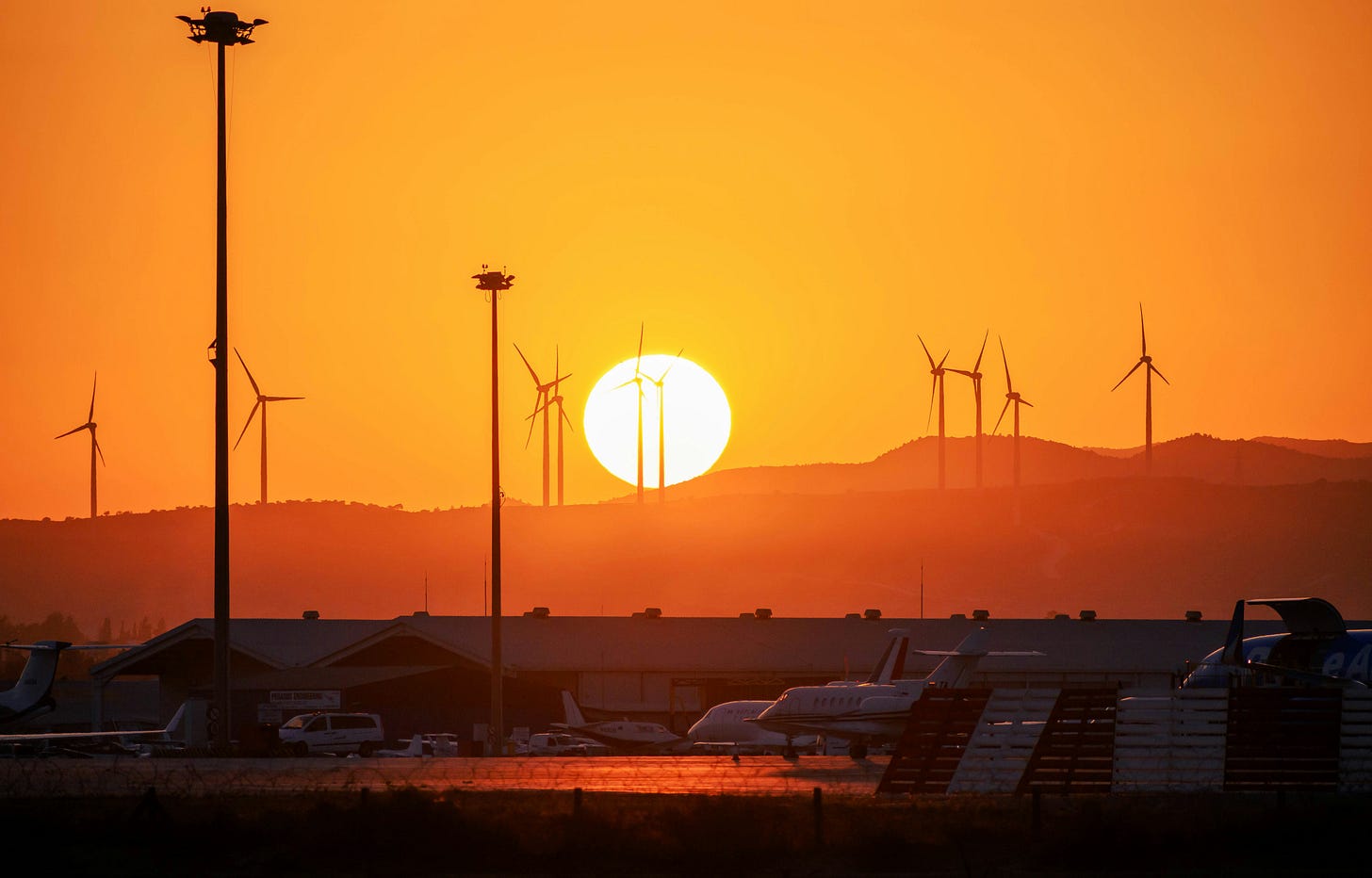Re-thinking the blueprint for financing SAF
The SAF industry has the demand and the technology. What it lacks are standardised, long-term contracts that would give lenders the certainty to fund production.
Despite growing demand for sustainable aviation fuel (SAF), many production projects remain stuck on the drawing board. The issue isn’t technology but finance.
A new report, ‘Blueprints for Bankability’, from RMI and World Energy pinpoints the core issue: many SAF offtake agreements look promising on the surface but fail to meet the standards lenders require. Without firm, long-term contracts in place, these projects rarely pass the due diligence needed to unlock funding.
The result? A widening gap between ambition and reality. While corporate and airline interest in SAF grows, capital investment lags far behind.
The capital gap
According to the World Economic Forum, between $19–45 billion in SAF investment is needed by 2030.
Yet many developers, particularly smaller or independent players, struggle to raise the lower-cost debt typical of large infrastructure projects. That’s because lenders require long-term revenue certainty, which only bankable contracts can provide.
The current shortfall is visible in production numbers. According to EASA, SAF production in Europe remains very limited: only a handful of facilities were operating in 2024, and supply was highly concentrated, with just five member states accounting for 99 % of reported SAF.

What lenders want
The report identifies three essential pillars to unlocking funding:
Firm commitments: Contracts should be multi-year, ideally 7–10 years or more, and clearly define volume, price, and delivery terms.
Risk management: Key risks like price volatility, delivery shortfalls, and policy changes should be addressed through contract clauses such as price floors, credit guarantees (CI), or recourse mechanisms.
Creditworthy counterparties: The buyers signing the contract must be considered low-risk.
Too often, current SAF deals fall short. Many are structured as MOUs or non-binding LOIs. Even when offtakers are serious, the contracts don’t provide sufficient assurance for project finance, especially when the buyer is an airline, many of which sometimes have sub-investment-grade credit ratings and short-term procurement habits.
The book-and-claim opportunity
Enter book-and-claim: a system that separates the purchase of physical fuel from the purchase of its climate benefits, in the form of Environmental Attribute Certificates (EACs).
This creates new possibilities. Companies that are not directly involved in buying jet fuel, but are responsible for Scope 3 emissions from business travel, can now participate as SAF buyers. Many of these corporate buyers are more creditworthy than airlines and have a strong appetite for long-term climate action.
Successful examples have seen Citi team up with Infinium and American Airlines, where Citi actually pays to offset its staff travel. As well as the work Microsoft is doing with Twelve and Alaska Airlines.
The report warns that current EAC contracts are often poorly structured. Today’s EAC contracts are often relatively short-term and lack mechanisms to address market volatility. Few are structured to ensure the stable, long-term cash flows needed to attract mainstream lenders.
Learning from renewables
This dynamic mirrors the early days of wind and solar.
Initially, those sectors also faced financing hurdles. The breakthrough came with power purchase agreements (PPAs). These are long-term, fixed-price contracts that locked in demand and provided lenders with revenue certainty.
PPAs didn’t just finance individual projects. Over time, they became standardised, reducing legal friction and giving banks a clear framework to work with. By 2024, PPAs supported over 90% of new U.S. renewable electricity capacity.
The report concludes that SAF needs a similar evolution. What the sector lacks today is a reliable, standardised EAC contract that includes enforceable terms for price, delivery, and risk-sharing, backed by creditworthy buyers. Such contracts would provide the predictability financiers require, while helping project developers scale.

Smarter contracts and stronger policy
The RMI and World Energy playbook makes a compelling case: better contracts are essential to unlock SAF investment. That means long-term commitments, risk-sharing mechanisms, and financially solid buyers, whether they’re airlines or corporate players using book-and-claim.
But stronger contracts alone won’t be enough.
Right now, many potential buyers are hesitant. Not because they oppose SAF, but because the cost premium is real and there’s no mandate to act. Voluntary commitments, while admirable, are still rare.
That’s why government support is likely to be the missing catalyst. Initiatives like the UK’s proposed price certainty mechanism, which guarantees a long-term price for SAF, could de-risk investment and give both producers and buyers the confidence to scale up. Similar tools, from contracts-for-difference to targeted subsidies, helped wind and solar scale. They can do the same for SAF.
Importantly, we also need to broaden the buyer base. The most creditworthy partners may not be the airlines themselves, but the global corporations responsible for business travel emissions. Companies like Microsoft, Citi, and others have already shown a willingness to invest in SAF through book-and-claim, and every region needs its own equivalent.
Finding the “Microsofts” of each country – corporates ready to back long-term SAF contracts – could be the key to unlocking finance where local carriers cannot.
Smarter, bankable agreements and stronger public support must work in tandem to unlock the billions of dollars in capital that aviation decarbonisation requires.
As the authors put it: “Early capital proves the concept. Bankable contracts unlock the market at scale.”


